A synthesis of recent analyses of human resources for health requirements and labour market dynamics in high-income OECD countries
- PMID: 27687611
- PMCID: PMC5043532
- DOI: 10.1186/s12960-016-0155-2
A synthesis of recent analyses of human resources for health requirements and labour market dynamics in high-income OECD countries
Abstract
Background: Recognition of the importance of effective human resources for health (HRH) planning is evident in efforts by the World Health Organization (WHO) and the Global Health Workforce Alliance (GHWA) to facilitate, with partner organizations, the development of a global HRH strategy for the period 2016-2030. As part of efforts to inform the development of this strategy, the aims of this study, the first of a pair, were (a) to conduct a rapid review of recent analyses of HRH requirements and labour market dynamics in high-income countries who are members of the Organisation for Economic Co-operation and Development (OECD) and (b) to identify a methodology to determine future HRH requirements for these countries.
Methods: A systematic search of peer-reviewed literature, targeted website searches, and multi-stage reference mining were conducted. To supplement these efforts, an international Advisory Group provided additional potentially relevant documents. All documents were assessed against predefined inclusion criteria and reviewed using a standardized data extraction tool.
Results: In total, 224 documents were included in the review. The HRH supply in the included countries is generally expected to grow, but it is not clear whether that growth will be adequate to meet health care system objectives in the future. Several recurring themes regarding factors of importance in HRH planning were evident across the documents reviewed, such as aging populations and health workforces as well as changes in disease patterns, models of care delivery, scopes of practice, and technologies in health care. However, the most common HRH planning approaches found through the review do not account for most of these factors.
Conclusions: The current evidence base on HRH labour markets in high-income OECD countries, although large and growing, does not provide a clear picture of the expected future HRH situation in these countries. Rather than HRH planning methods and analyses being guided by explicit HRH policy questions, most of the reviewed studies appeared to derive HRH policy questions based on predetermined planning methods. Informed by the findings of this review, a methodology to estimate future HRH requirements for these countries is described.
Keywords: HRH planning; Health workforce planning; Health workforce requirements; High-income countries; OECD countries.
Figures
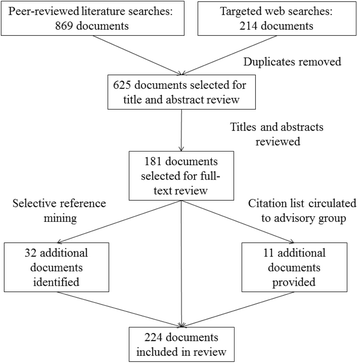
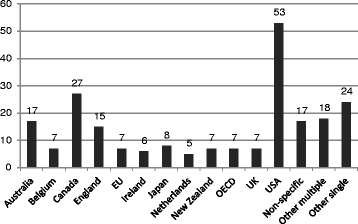
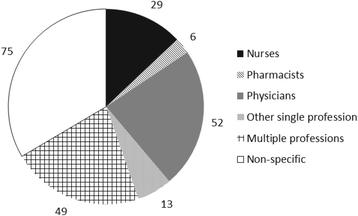
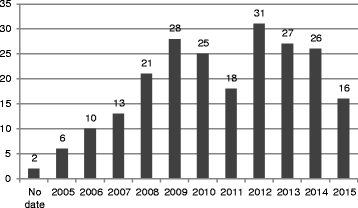
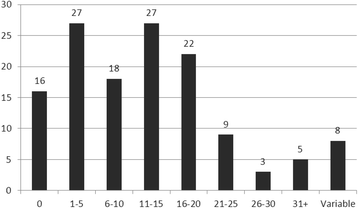
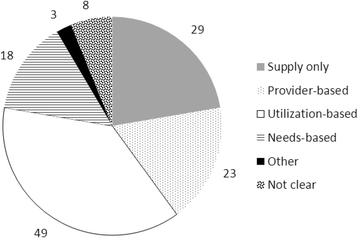

Similar articles
-
Simulating future supply of and requirements for human resources for health in high-income OECD countries.Hum Resour Health. 2016 Dec 12;14(1):77. doi: 10.1186/s12960-016-0168-x. Hum Resour Health. 2016. PMID: 27955669 Free PMC article.
-
A dynamic, multi-professional, needs-based simulation model to inform human resources for health planning.Hum Resour Health. 2019 Jun 13;17(1):42. doi: 10.1186/s12960-019-0376-2. Hum Resour Health. 2019. PMID: 31196188 Free PMC article.
-
A scoping review of training and deployment policies for human resources for health for maternal, newborn, and child health in rural Africa.Hum Resour Health. 2014 Dec 16;12:72. doi: 10.1186/1478-4491-12-72. Hum Resour Health. 2014. PMID: 25515732 Free PMC article.
-
The dynamics of the health labour market.Int J Health Plann Manage. 2006 Apr-Jun;21(2):101-15. doi: 10.1002/hpm.834. Int J Health Plann Manage. 2006. PMID: 16846103
-
COVID-19 and human resources for health: analysis of planning, policy responses and actions in Latin American and Caribbean countries.Hum Resour Health. 2023 Mar 14;21(1):21. doi: 10.1186/s12960-023-00795-8. Hum Resour Health. 2023. PMID: 36918895 Free PMC article. Review.
Cited by
-
Addressing the move toward universal health in the Caribbean through strengthening the health workforce.Rev Panam Salud Publica. 2023 Mar 10;47:e6. doi: 10.26633/RPSP.2023.6. eCollection 2023. Rev Panam Salud Publica. 2023. PMID: 36909800 Free PMC article.
-
Forecasting maldistribution of human resources for healthcare and patients in Japan: a utilization-based approach.BMC Health Serv Res. 2019 Sep 9;19(1):653. doi: 10.1186/s12913-019-4470-x. BMC Health Serv Res. 2019. PMID: 31500619 Free PMC article.
-
Licensed Practical Nurses' (LPNs') Evaluations of the Attractiveness of Work and Wellbeing at Work: A Cross-Sectional Nationwide Study.J Nurs Manag. 2024 Aug 16;2024:3432230. doi: 10.1155/2024/3432230. eCollection 2024. J Nurs Manag. 2024. PMID: 40224755 Free PMC article.
-
Changing primary care capacity in Canada: protocol for a cross-provincial mixed methods study.BMJ Open. 2025 Mar 21;15(3):e099302. doi: 10.1136/bmjopen-2025-099302. BMJ Open. 2025. PMID: 40118474 Free PMC article.
-
Implementing a health labour market analysis to address health workforce gaps in a rural region of India.Hum Resour Health. 2022 Jun 4;20(1):50. doi: 10.1186/s12960-022-00749-6. Hum Resour Health. 2022. PMID: 35659250 Free PMC article.
References
-
- Mejía A, Fülöp T. Health manpower planning: an overview. In: Hall T, Mejía A, editors. Health manpower planning: principles, methods, issues. Geneva: WHO; 1978. pp. 9–30.
-
- Campbell J, Dussault G, Buchan J, Pozo-Martin G, Martin F, Guerra Arrias M, et al. A universal truth: no health without a workforce. Recife, Brazil. Geneva: Report on the Third Global Forum on Human Resources for Health; 2014.
-
- Matrix Insight. EU level Collaboration on Forecasting Health Workforce Needs, Workforce Planning and Health Workforce Trends – A Feasibility Study. Brussels: European Commission; 2007.
-
- Dussault G, Buchan J, Sermeus W, Padaiga Z. Assessing future health workforce needs. Copenhagen: WHO; 2010.
LinkOut - more resources
Full Text Sources
Other Literature Sources
Research Materials

